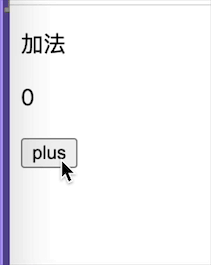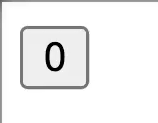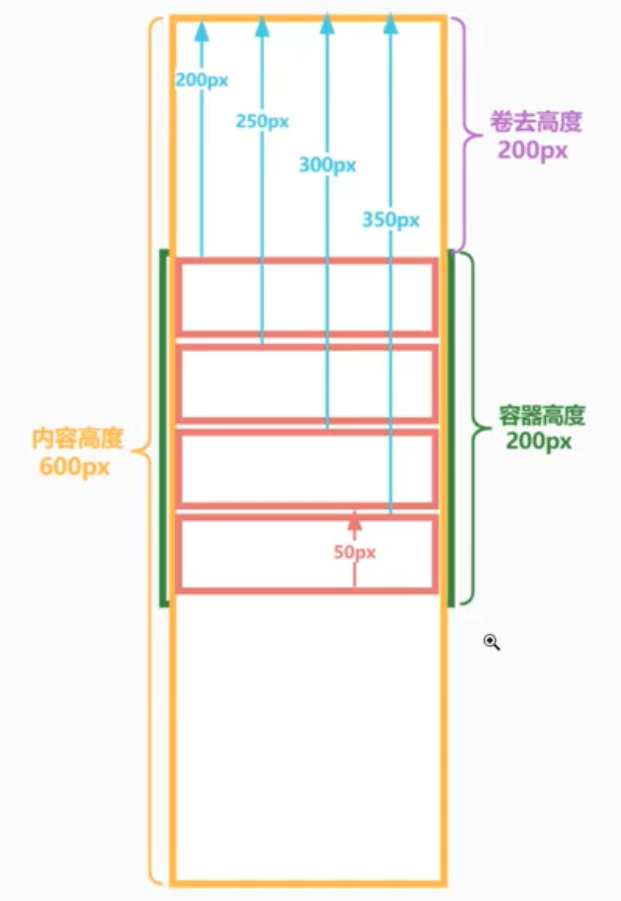194. Reactor Cooling
time limit per test: 1 sec.
memory limit per test: 65536 KB
memory limit per test: 65536 KB
input: standard
output: standard
output: standard
The terrorist group leaded by a well known international terrorist Ben Bladen is buliding a nuclear reactor to produce plutonium for the nuclear bomb they are planning to create. Being the wicked computer genius of this group,you are responsible for developing the cooling system for the reactor.
The cooling system of the reactor consists of the number of pipes that special cooling liquid flows by. Pipes are connected at special points,called nodes,each pipe has the starting node and the end point. The liquid must flow by the pipe from its start point to its end point and not in the opposite direction.
Let the nodes be numbered from 1 to N. The cooling system must be designed so that the liquid is circulating by the pipes and the amount of the liquid coming to each node (in the unit of time) is equal to the amount of liquid leaving the node. That is,if we designate the amount of liquid going by the pipe from i-th node to j-th as f ij,(put f ij= 0 if there is no pipe from node i to node j),for each i the following condition must hold:
sum(j=1..N,f ij) = sum(j=1..N,f ji)
Each pipe has some finite capacity,therefore for each i and j connected by the pipe must be f ij≤ c ijwhere c ijis the capacity of the pipe. To provide sufficient cooling,the amount of the liquid flowing by the pipe going from i-th to j-th nodes must be at least l ij,thus it must be f ij≥ l ij.
Given c ijand l ijfor all pipes,find the amount f ij,satisfying the conditions specified above.
The cooling system of the reactor consists of the number of pipes that special cooling liquid flows by. Pipes are connected at special points,called nodes,each pipe has the starting node and the end point. The liquid must flow by the pipe from its start point to its end point and not in the opposite direction.
Let the nodes be numbered from 1 to N. The cooling system must be designed so that the liquid is circulating by the pipes and the amount of the liquid coming to each node (in the unit of time) is equal to the amount of liquid leaving the node. That is,if we designate the amount of liquid going by the pipe from i-th node to j-th as f ij,(put f ij= 0 if there is no pipe from node i to node j),for each i the following condition must hold:
sum(j=1..N,f ij) = sum(j=1..N,f ji)
Each pipe has some finite capacity,therefore for each i and j connected by the pipe must be f ij≤ c ijwhere c ijis the capacity of the pipe. To provide sufficient cooling,the amount of the liquid flowing by the pipe going from i-th to j-th nodes must be at least l ij,thus it must be f ij≥ l ij.
Given c ijand l ijfor all pipes,find the amount f ij,satisfying the conditions specified above.
Input
The first line of the input file contains the number N (1 ≤ N ≤ 200) - the number of nodes and and M — the number of pipes. The following M lines contain four integer number each - i,j,l ijand c ijeach. There is at most one pipe connecting any two nodes and 0 ≤ l ij≤ c ij≤ 10 5for all pipes. No pipe connects a node to itself. If there is a pipe from i-th node to j-th,there is no pipe from j-th node to i-th.
Output
On the first line of the output file print YES if there is the way to carry out reactor cooling and NO if there is none. In the first case M integers must follow,k-th number being the amount of liquid flowing by the k-th pipe. Pipes are numbered as they are given in the input file.
Sample test(s)
Input
Test #1
4 6
1 2 1 2
2 3 1 2
3 4 1 2
4 1 1 2
1 3 1 2
4 2 1 2
Test #2
1 2 1 3
2 3 1 3
3 4 1 3
4 1 1 3
1 3 1 3
4 2 1 3
Output
Test #1
NO
Test #2
YES
1
2
3
2
1
1
NO
Test #2
YES
1
2
3
2
1
1
刚开始看有上下界的网络流,借助对于无源汇的最大流的题解,就先写这道题了。
思路:
上界用Ci表示,下界用Bi表示。
下界是必须流满,那么对于每一条边,去掉下界后,其自由流为Ci– Bi。
每一个点流进来的流=流出去的流
对于每一个点i,令
Mi= sum(i点所有流进的下界流)– sum(i点所有流出的下界流)
如果Mi大于0,代表此点必须还要流出去Mi的自由流,那么我们从源点连一条Mi的边到该点。
如果Mi小于0,代表此点必须还要流进来Mi的自由流,那么我们从该点连一条Mi的边到汇点。
#include<iostream>
#include<cstdio>
#include<cstring>
using namespace std;
const int mm=100000;
const int mn=222;
const int oo=1000000000;
int node,s,t,edge;
int to[mm],flow[mm],next[mm];
int head[mn],work[mn],dis[mn],q[mn];
int M[mn],B[mm],C[mm];
inline int min(int a,int b)
{
return a<b?a:b;
}
inline void init(int nn,int ss,int tt)
{
node=nn,s=ss,t=tt,edge=0;
for(int i=0;i<node;++i) head[i]=-1;
}
inline void add(int u,int v,int c1,int c2=0)
{
to[edge]=v,flow[edge]=c1,next[edge]=head[u],head[u]=edge++;
to[edge]=u,flow[edge]=c2,next[edge]=head[v],head[v]=edge++;
}
bool bfs()
{
int i,u,v,l,r=0;
for(i=0;i<node;++i) dis[i]=-1;
dis[q[r++]=s]=0;
for(l=0;l<r;++l)
for(i=head[u=q[l]];i>=0;i=next[i])
if(flow[i]&&dis[v=to[i]]<0)
{
dis[q[r++]=v]=dis[u]+1;
if(v==t) return 1;
}
return 0;
}
int dfs(int u,int maxf)
{
if(u==t) return maxf;
for(int &i=work[u],tmp;i>=0;i=next[i])
if(flow[i]&&dis[v=to[i]]==dis[u]+1&&(tmp=dfs(v,min(maxf,flow[i])))>0)
{
flow[i]-=tmp;
flow[i^1]+=tmp;
return tmp;
}
return 0;
}
int dinic()
{
int i,ret=0,delta;
while(bfs())
{
for(i=0;i<node;++i) work[i]=head[i];
while(delta=dfs(s,oo))ret+=delta;
}
return ret;
}
int main()
{
int i,n,m,v;
while(~scanf("%d%d",&n,&m))
{
init(n+2,n+1);
memset(M,sizeof(M));
int sflow=0,tflow=0;
for(i=0;i<m;i++)
{
scanf("%d%d%d%d",&u,&v,&B[i],&C[i]);
add(u,C[i]-B[i]);
M[v]+=B[i];
M[u]-=B[i];
}
int tmp=edge;
for(i=1;i<=n;i++)
{
if(M[i]>=0)
{
add(s,i,M[i]);
sflow+=M[i];
}
else {
add(i,-M[i]);
tflow+=-M[i];
}
}
//cout<<sflow<<" "<<tflow<<endl;
if(dinic()==sflow) {
puts("YES");
for(i=0;i<tmp;i+=2)
printf("%d\n",C[i/2]-flow[i]);
}
else puts("NO");
}
return 0;
}

 react 中的高阶组件主要是对于 hooks 之前的类组件来说的,如...
react 中的高阶组件主要是对于 hooks 之前的类组件来说的,如... 我们上一节了解了组件的更新机制,但是只是停留在表层上,例...
我们上一节了解了组件的更新机制,但是只是停留在表层上,例... 我们上一节了解了 react 的虚拟 dom 的格式,如何把虚拟 dom...
我们上一节了解了 react 的虚拟 dom 的格式,如何把虚拟 dom... react 本身提供了克隆组件的方法,但是平时开发中可能很少使...
react 本身提供了克隆组件的方法,但是平时开发中可能很少使... mobx 是一个简单可扩展的状态管理库,中文官网链接。小编在接...
mobx 是一个简单可扩展的状态管理库,中文官网链接。小编在接... 我们在平常的开发中不可避免的会有很多列表渲染逻辑,在 pc ...
我们在平常的开发中不可避免的会有很多列表渲染逻辑,在 pc ...